Chinese Healing Exercises (15 page)
Read Chinese Healing Exercises Online
Authors: Steven Cardoza
Tags: #Taiji, #Qi Gong, #Daoist yoga, #Chinese Healing, #Health, #medicine, #remedy, #energy

Finally, keeping your arms extended at the same height, move them in front of you once more to your starting position
(
Fig 5.5A
on previous page
).
While you move your arms, simultaneously rotate them so that your palms are facing down toward the ground when your arms are extended in front of you. Feel your shoulder blades spread away from your spine and forward toward your ribcage. This completes one repetition of the exercise.
Once the movement has been learned, this exercise should be performed at a fairly brisk pace, approximately one repetition per second. Again, use caution so you do not injure yourself. You can vary your arm height level some, between the top of your shoulder and a few inches below your armpit, so that you target different regions of your shoulder. For each repetition, keep your arm at the same height level. You can vary the heights from one repetition to the next if you'd like, though, or simply keep it at one height level throughout.
7. Shoulder/Arm Windmills
Purpose
Physical:
Moves the shoulders through a different range of motion than the previous exercises. Increases blood flow within the shoulder and through the entire arm, and especially aids in getting blood into the hands through centrifugal (“to flee the center,” directing blood to move from the center to the periphery) force. Pumps the axillary lymph glands. Mobilizes and stretches most of the muscles in the shoulder girdle. When done vigorously, it is a very safe no-impact aerobic exercise.
Energetic:
Opens the acupuncture points around the Shoulder's Nests, stimulates qi flow through all the arm meridians, particularly the Heart and Lung meridians since they have points located within the Shoulder's Nests (shoulder girdle), and the Pericardium. The natural direction of qi flow in those arm yin meridians is from torso to fingertips, which is best supported by this exercise. The Arm Yang meridians of the Large and Small Intestines and Sanjiao also have points within the shoulder girdle which are also opened and benefited, but their natural flow of qi is from fingertips to torso, so some of the benefit is less than in the yin meridians. This also pumps the Shoulder's Nests and creates a more solid energetic connection between arms and torso.
Method
Stand with your feet parallel, slightly wider than shoulder width apart to provide a broader support base. Before you begin moving your arms, keep in mind that you want them as relaxed as possible. This means that while you will be using some arm strength to move your arms, you want to try to get most of the movement to come from a slight bounce in your legs. Use the force of that bounce to propel your arms. This is how your arms will move.
Raise both arms up in front of the centerline of your body, forearms crossing at or slightly above the wrists
(
Fig 5.6A
).
As you raise your arms above your head, allow them to part, and move them outward
(
Fig 5.5B
).
Then allow them to fall, still extended in a relaxed fashion at the sides of your body, and come together in front of your low belly, once again crossing at the wrists. In this part of the exercise, your left arm just completed one counterclockwise circle, while your right arm completed a clockwise circle. The only muscle strength used is on the raising portion of the arm movement; the descending portion is just a release and let go. As your arms move up, straighten your legs, being careful to not lock your knees. As your arms release downward, bend your legs just a bit, loading them for the next bounce up. After a couple of repetitions, the bounce alone should be strong enough to raise your arms. Repeat these circles, windmilling your arms twelve times in this direction. Then reverse direction, arms going down the centerline and up the sides, for another twelve times.
This should be a fairly brisk exercise; each circle should take no more than one second. Feel for the weight of your arms creating a traction at your shoulders through the full arc of the circle. The traction should have an elastic feel, with more of a stretch out at the bottom of the circle regardless of direction, with a slight elastic pull back near the top of each circle. This will create a pumping action within the shoulder joint and Shoulder's Nest, very beneficial for the lymph glands in your armpits, providing lubrication for the shoulder joint, and a relaxing stretch for all the muscles of the shoulder girdle.
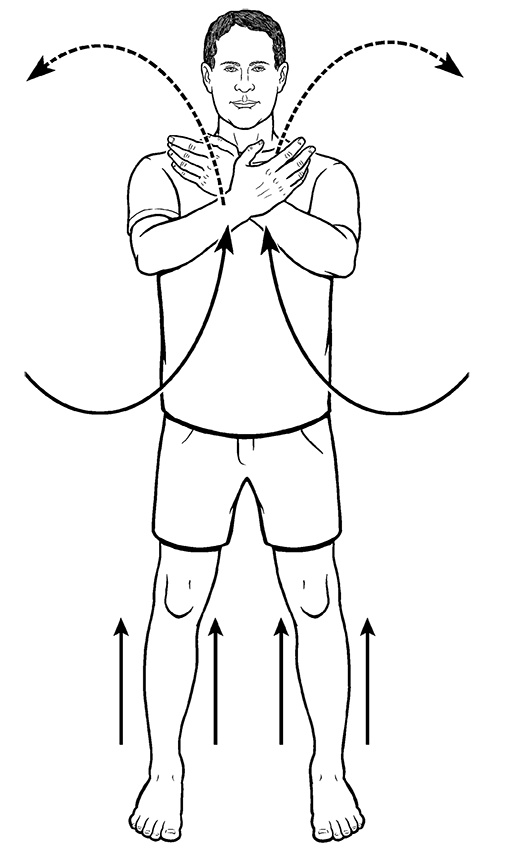 Figure 5.6A (Shoulder/Arm Windmills)
Figure 5.6A (Shoulder/Arm Windmills)
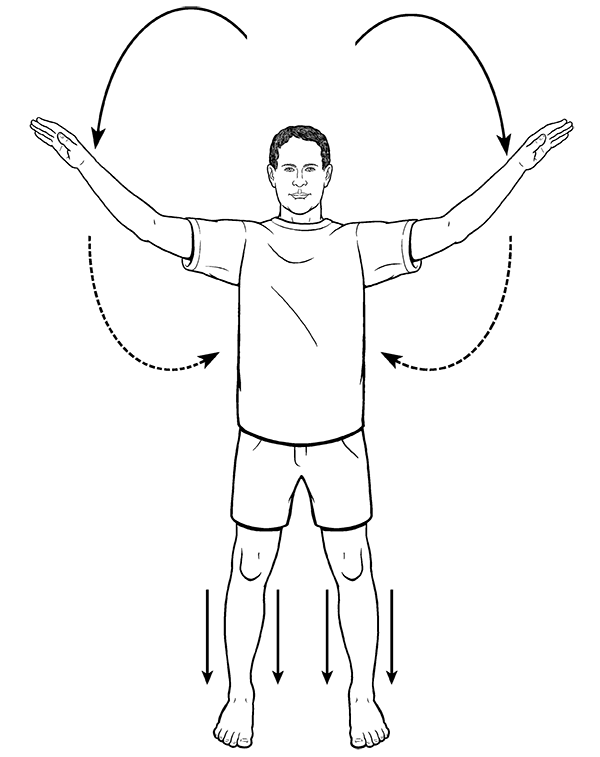 Figure 5.6B (Shoulder/Arm Windmills)
Figure 5.6B (Shoulder/Arm Windmills)
8. Full Arm Rotation for Elbow and Shoulderblades
Elbows can develop problems from overuse, injury, or aging, but they are more challenging to address in isolation. Except in direct self-massage, they are usually addressed as part of an exercise that includes other purposes. That is true of this exercise and the next, but together they are very useful in helping the elbows.
Purpose
Physical:
Puts the elbow through its entire range of motion, including flexion (bending), extension (straightening), and rotation. Moves the shoulderblades through their range of motion, including protraction (away from the spine) and retraction (toward the spine), which produces a small rotary motion in the blades as well. As in the previous exercise, this pumps the shoulder blades forward, toward the rib cage, and rearward, away from the rib cage, massaging and stretching the subscapularis muscles, often a hidden source of shoulder and upper back pain. Creates a rotational stretch through all the arm muscles, releasing tension from the nerves and improving blood circulation.
Energetic:
Stimulates qi flow through all the Arm meridians (Lung, Large Intestine, Heart, Small Intestine, Pericardium, and Sanjiao, benefiting all those organs) and the entire arm, with a special focus on the arm He Sea points, found around the elbow. While providing a calming effect on the mind, the Sea points mainly treat intestinal problems. The Yang Arm Sea points additionally treat problems associated with the shoulders, neck, and face.
Techniques used
Conventional and rotational stretch, active joint mobilization.
Method
Standing with feet approximately shoulders width apart, hold your arms straight in front of you, the inner edge of your hands touching with palms upward toward the sky, and elbows as close together as you can get them, preferably touching
(
Fig 5.7A
on next page
).
In this position, your shoulder blades will be fully protracted away from your spine, and forward toward your ribcage. Bending your elbows while moving them apart and drawing your shoulder blades toward your spine, point your fingers toward the sky. While getting into this position, simultaneously rotate your arms, keeping the edge of your hands touching. The backs of your hands move closer together, at about a 45-degree angle at this point
(
Fig 5.7B
).
Spread your elbows their widest while continuing to rotate your arms so that the backs of your hands fully come together as your fingers point directly to the center of your chest
(
Fig 5.7C
).
Here, your shoulder blades are fully retracted toward your spine and rearward away from your ribcage.
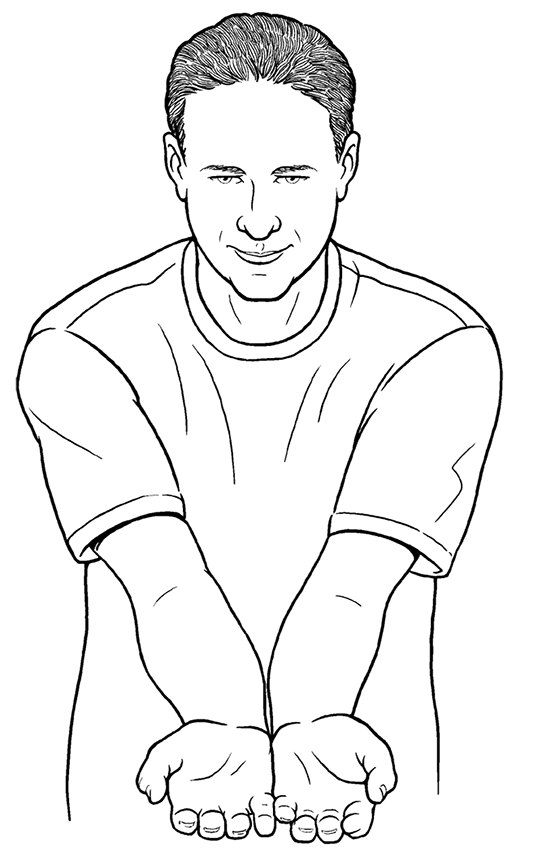
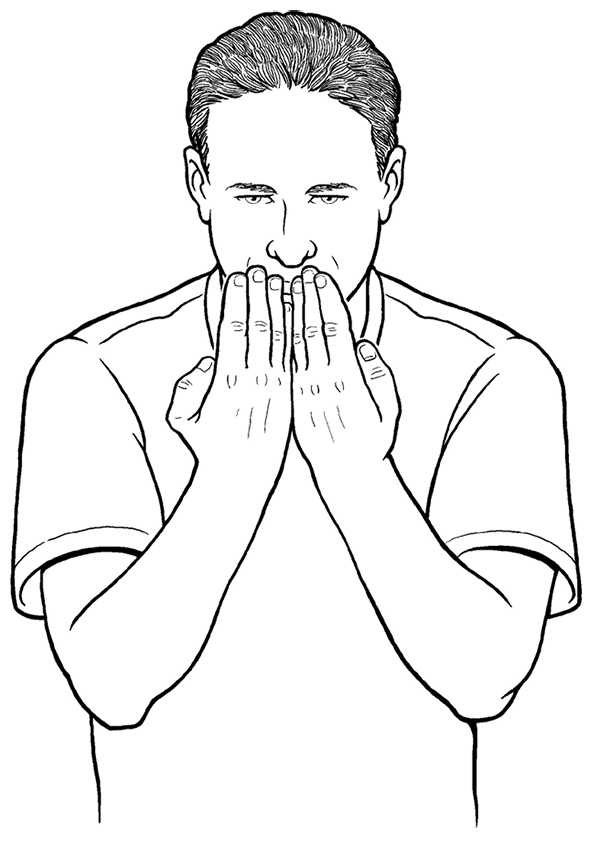
Figures 5.7A and 5.7B (Full Arm Rotation for Elbow and Shoulderblades)
Continue to rotate your arms as you begin to both spread your shoulder blades and straighten your elbows. Your fingertips point toward the ground as the backs of your hands part to about 45 degrees, hands still touching along the index finger edge
(
Fig 5.7D
).
Finally, as you continue to rotate your arms, palms face the sky with the little finger edge of your hands touching. Simultaneously, fully straightenâbut do not lockâyour elbows, and bring them together as your arms fully extend, shoulder blades fully protracted and forward toward your ribcage, and you return to your starting position
(
Fig 5.7A
).
This completes one full repetition of the exercise.
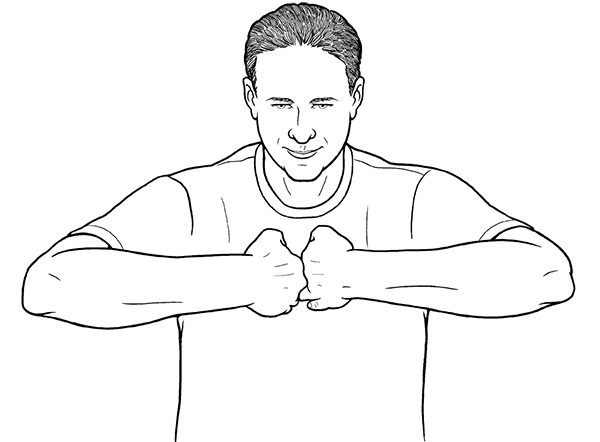 Figure 5.7C (Full Arm Rotation for Elbow and Shoulderblades)
Figure 5.7C (Full Arm Rotation for Elbow and Shoulderblades)
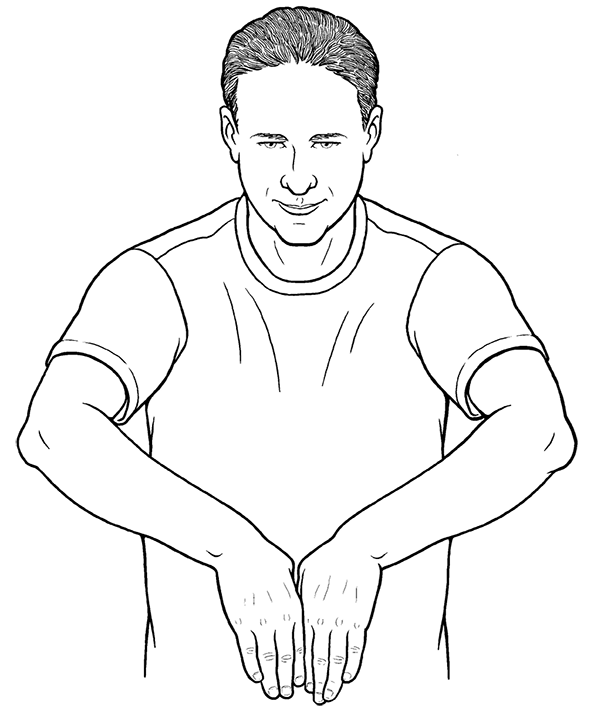 Figure 5.7D (Full Arm Rotation for Elbow and Shoulderblades)
Figure 5.7D (Full Arm Rotation for Elbow and Shoulderblades)
